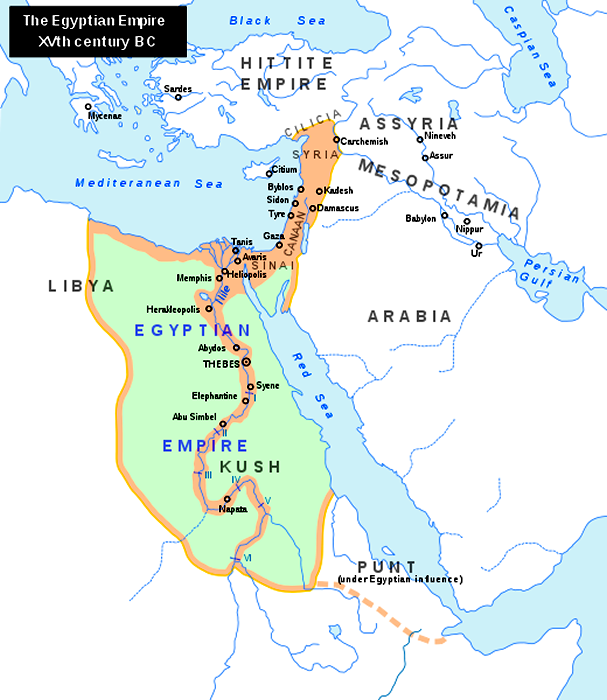You do realize that all the "true pyramids" as you call them are actually five steps underneath. There is no reason to call any of these steps a mastaba and it's illogical to build these steps if they are just going to be hidden. But obviously they were necessary to construction.
A pyramid is neither a "mastaba" nor a "tomb" as far as is actually evidenced. Indeed, Snefru built three of these pyramid/ tombs or fifteen "mastabas if you insist on calling them stacked tombs.
Current beliefs are unevidenced, untenable, and illogical. We'll never understand ancient civilizations if we don't understand ourselves and how we form our beliefs.
Yes! Mastabas were tombs.
There is no direct evidence any great pyramid was a tomb. There is no logic to explain how a mastaba could become a pyramid, why a king needed a pile of mastabas, or why pyramids would be built as a pile of tombs. It's illogic that has become repeated so many times that people think it sounds natural. Pyramids were tombs built for 3000 years by highly superstitious people with ramps. None of these assumptions is correct and "archaeological evidence" is word play and semantics.
.
I agree.
And that first great pyramid probably really did start out as a mastaba.
It seems obvious some technological breakthrough allowed them to convert it into a "step pyramid".
There are several misconceptions that you have, that we need to dispel here, cladking.
First, there are only one “great pyramid”, Khufu’s pyramid. It is a modern name, to referred to with prefix “Great”, hence the “Great Pyramid”.
The “true pyramid”, always started as a “step pyramid”, but from Sneferu onward, Egyptians began adding limestone cladding or casing to the step pyramids give a more smooth finishing look. These claddings often wore away, due to centuries of wind and rain.
The ancient Egyptians never referred to the pyramids as “step”, “bent”, “true” or “great” pyramids. They were all referred to as “pyramid” regardless of their actual shapes or colours (like Sneferu’s “Red Pyramid”).
All those superfluous prefixes are modern naming conventions of how we view these pyramids, based on their shapes, size or colours.
Second, you keep telling us the pyramids are not tombs, then what is it?
It isn’t a palace, because the corridors and shafts, are too narrow, and the chambers, which there aren’t many of them in each, are too small to serve as throne room.
It isn’t a temple, since to date, no altars were found in any of the main chambers. And beside that most pyramids already have funerary or mortuary temples outside of the main structure of each pyramid.
It isn’t a grain-house to store grains or other supplies, since they were very costly to built, and as I said earlier, the rooms are too small to be useful to store food supplies.
And isn’t a beacon for extraterrestrial vessels. The notions that the Egyptians built it to contact aliens or that aliens built these pyramids, are just New Age conspiracy theories BS.
And if pyramids were palaces or temples, then why they were sealed off?
Third, some of the pyramids still have sarcophagi, in their chambers, while other pyramids have missing sarcophagi, which would suggest robbery.
Many tombs were robbed, whether they be pyramids or mastabas, and their are signs or evidences that grave robbers have broken into these tombs.
Fourth, these pyramids were built in necropolis, along with other mastabas and cemeteries, like those in Saqqara, Dahshur, Giza and other necropolis in Egypt.
The mortuary temples found outside of mastabas and pyramids are also indication they were temples for the deceased. Of course, not every pyramids, eg the smaller queens’ pyramids and pyramids for some rich nobles, have mortuary temples.
And then there are boat pits, outside most kings’ pyramids.
Why do they bury boats or ships or barques next to the pyramids?
According to Egyptian myths in the Old Kingdom period (3rd to 6th dynasties), the pyramid and mastaba were supposed to represent the first mound or dry land that Ra or Atum created from the primordial ocean, Nu. Ra required a boat or two (solar barque, and the barque he required to sail the Underworld), in which he required a crew to man his vessel.
The members crew were not only gods like Horus, Seth, Thoth, Wadjet, etc, but also included other deceased rulers.
Boat pits and a barque was found at the foot of Khufu’s pyramid, as well as that of the pyramid of Khafre, the 2nd largest pyramid in the Giza complex.
Clearly, the pyramids and boats were meant to represent Ra’s mound and solar barque, which the kings would enjoy their afterlife, sort of like deceased brave warriors in Odin’s Valhalla, before they were meant to join the gods at foretold Ragnarok.

